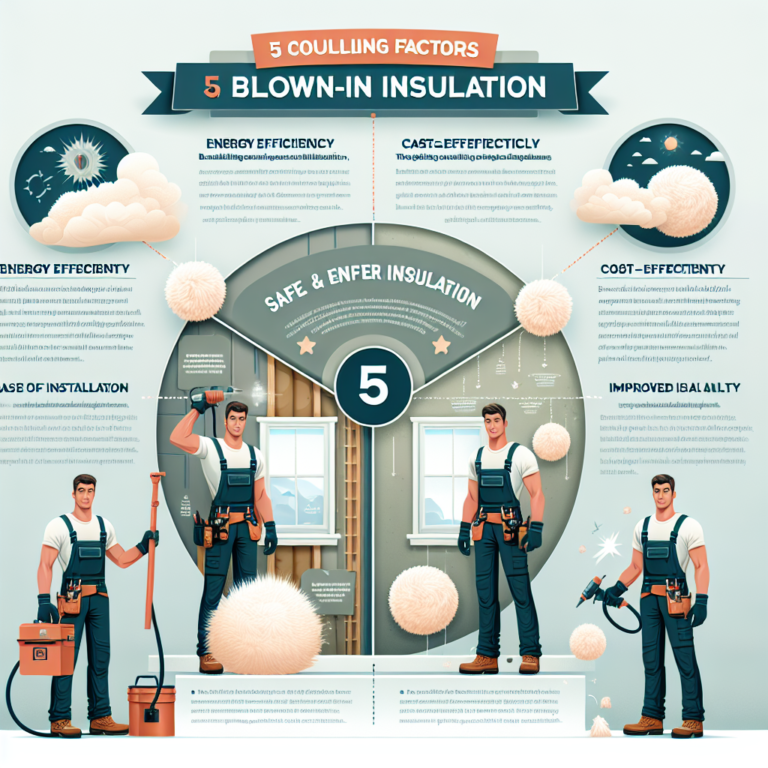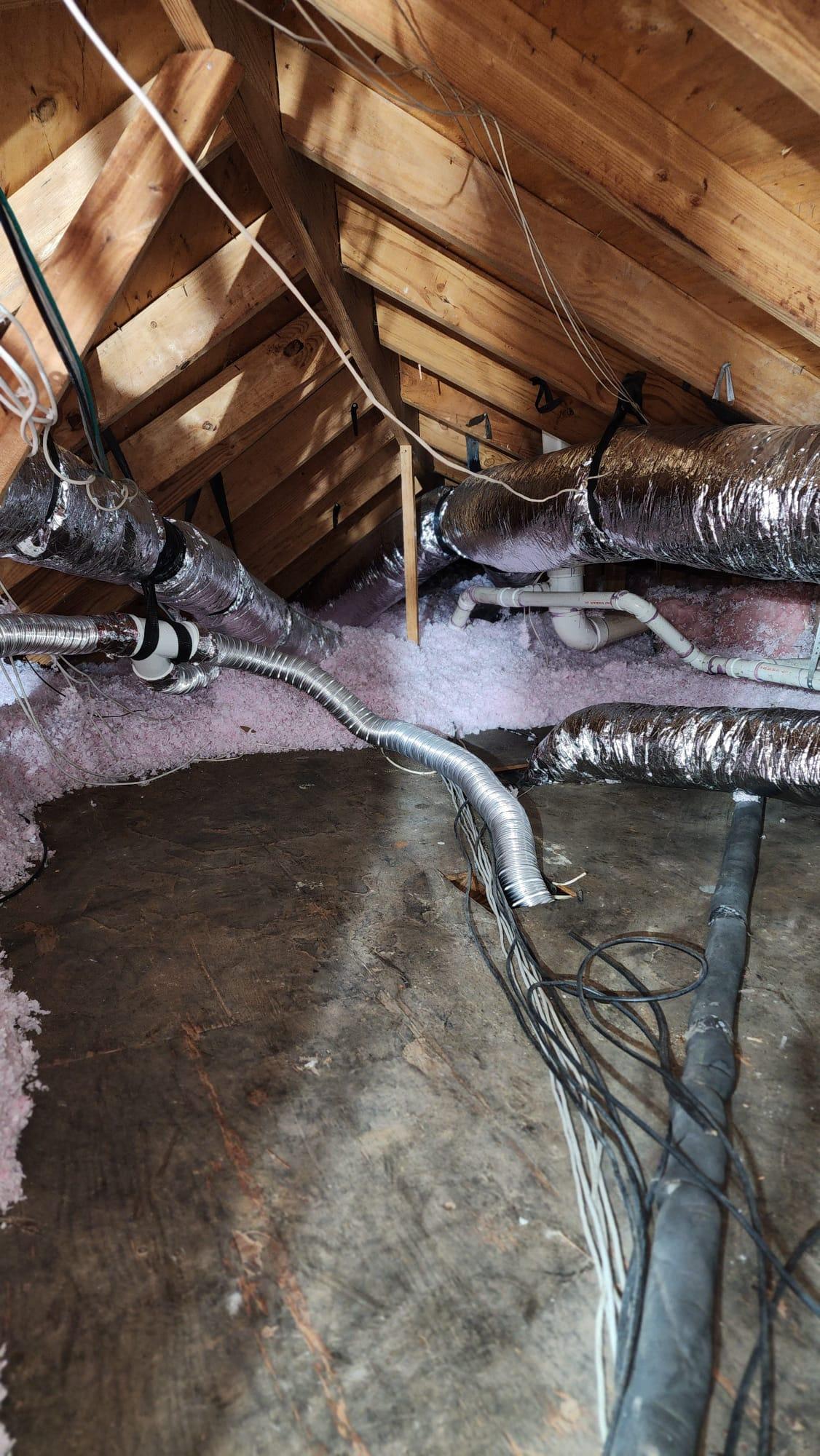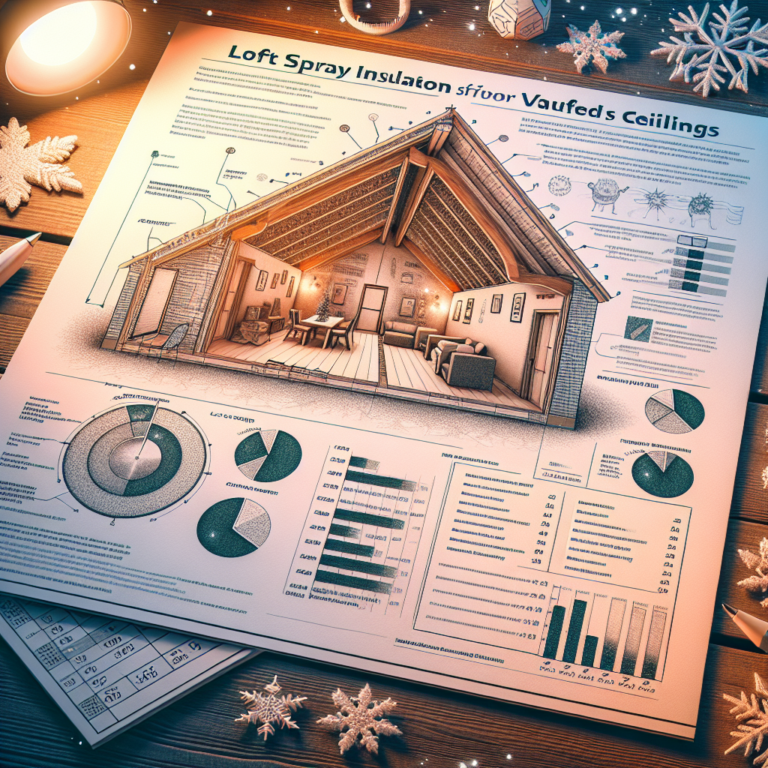Save Money and Stay Warm: The Surprising Cost to Insulate Your Garage Attic
Introduction
When winter winds howl and summer heat soars, an uninsulated garage attic can turn into an energy sink—driving up your utility bills and making your home uncomfortable. Learning how much it costs to insulate your garage attic is the first step toward a cozier space and big savings. In this article, we’ll break down the factors that drive price, compare popular insulation types, and share expert tips for trimming expenses without sacrificing comfort.
H2: How Much Does It Cost to Insulate Your Garage Attic?
On average, insulating a typical two-car garage attic runs between $1,000 and $2,000. For smaller one-car garages, you might pay $600 to $1,200, while larger or more complex attics can top $2,500. These figures include both material and professional labor. While the upfront investment can feel steep, most homeowners recoup costs through lower heating and cooling bills within three to five years—often sooner if energy prices rise.
H2: Factors Affecting the Cost to Insulate Your Garage Attic
Several key factors influence that final price tag:
• Attic Size and Shape
A larger square footage requires more insulation. If your attic has nooks, crannies, or obstructions—like ductwork, wiring, or plumbing—it demands extra material and labor to achieve full coverage.
• Insulation Type
Fiberglass batts are the least expensive choice, cellulose blow-in is midrange, and spray foam commands a premium for its superior air sealing. Expect fiberglass to start around $0.50 per square foot, cellulose at $0.70–$1.00, and spray foam at $1.50–$2.50.
• Existing Conditions
If old or damaged insulation must be removed, factor in disposal fees and labor. A clean, new attic will cost less to prep.
• Accessibility
An attic with easy access through a pull-down ladder is faster and cheaper to work on. Tight or awkward spaces that require scaffolding or extra time will increase labor costs.
• Regional Labor Rates
Contractor fees vary by region. Urban areas and places with high living costs typically charge more per hour than rural markets.
H2: Comparing Insulation Materials for Your Garage Attic
Choosing the right insulation balances cost, performance, and long-term savings:
H3: Fiberglass Batt Insulation
• Cost: $0.50–$0.80 per sq. ft.
• R-Value: R-13 to R-30 per layer
• Pros: Widely available, DIY-friendly
• Cons: Gaps can form, moisture risk
H3: Cellulose Blown-In Insulation
• Cost: $0.70–$1.00 per sq. ft.
• R-Value: R-3.5 per inch
• Pros: Fills odd spaces, uses recycled materials
• Cons: Settles over time, may need topping up
H3: Spray Foam Insulation
• Cost: $1.50–$2.50 per sq. ft.
• R-Value: R-6 to R-7 per inch
• Pros: Excellent air seal, high R-value, moisture barrier
• Cons: Highest upfront cost, professional application only
H2: Tips for Reducing the Cost to Insulate Your Garage Attic
1. Bundle Projects: Combine insulation with other garage upgrades—like door seals or attic vents—to negotiate better contractor rates.
2. DIY Prep Work: Clear out debris, sweep joists, and remove nails. A prepared attic cuts labor hours and your total bill.
3. Shop Rebates and Tax Credits: Many utility companies and local governments offer incentives for energy-saving home improvements. Check to see if you qualify.
4. Opt for Midrange Insulation: Cellulose blown-in often delivers the best balance of cost and performance.
5. Schedule in Off-Peak Seasons: Contractors may offer discounts in late winter or early fall, when demand for insulation services dips.
H2: Q&A
Q1: How quickly will I recover my insulation investment?
A1: With average energy savings of 15–20%, most homeowners break even in 3–5 years. Faster payback occurs in regions with extreme temperatures or high energy costs.
Q2: Can I insulate my garage attic myself?
A2: While fiberglass batts can be a DIY project, blown-in and spray foam require specialized equipment and expertise. Improper installation can leave gaps and reduce performance.
Q3: Does insulating my garage attic affect my home’s warranty or fire code?
A3: Always check local building codes. Some codes limit insulation types near light fixtures or HVAC components. A professional installer will ensure compliance and safety.
Conclusion
Understanding the true cost to insulate your garage attic empowers you to make smart decisions for comfort and savings. By weighing factors like attic size, insulation type, and regional labor rates—and seizing rebates or scheduling off-peak—you can maximize energy efficiency on a budget. Ready to insulate your garage attic? Take the first step toward lower bills and a more comfortable home today.











